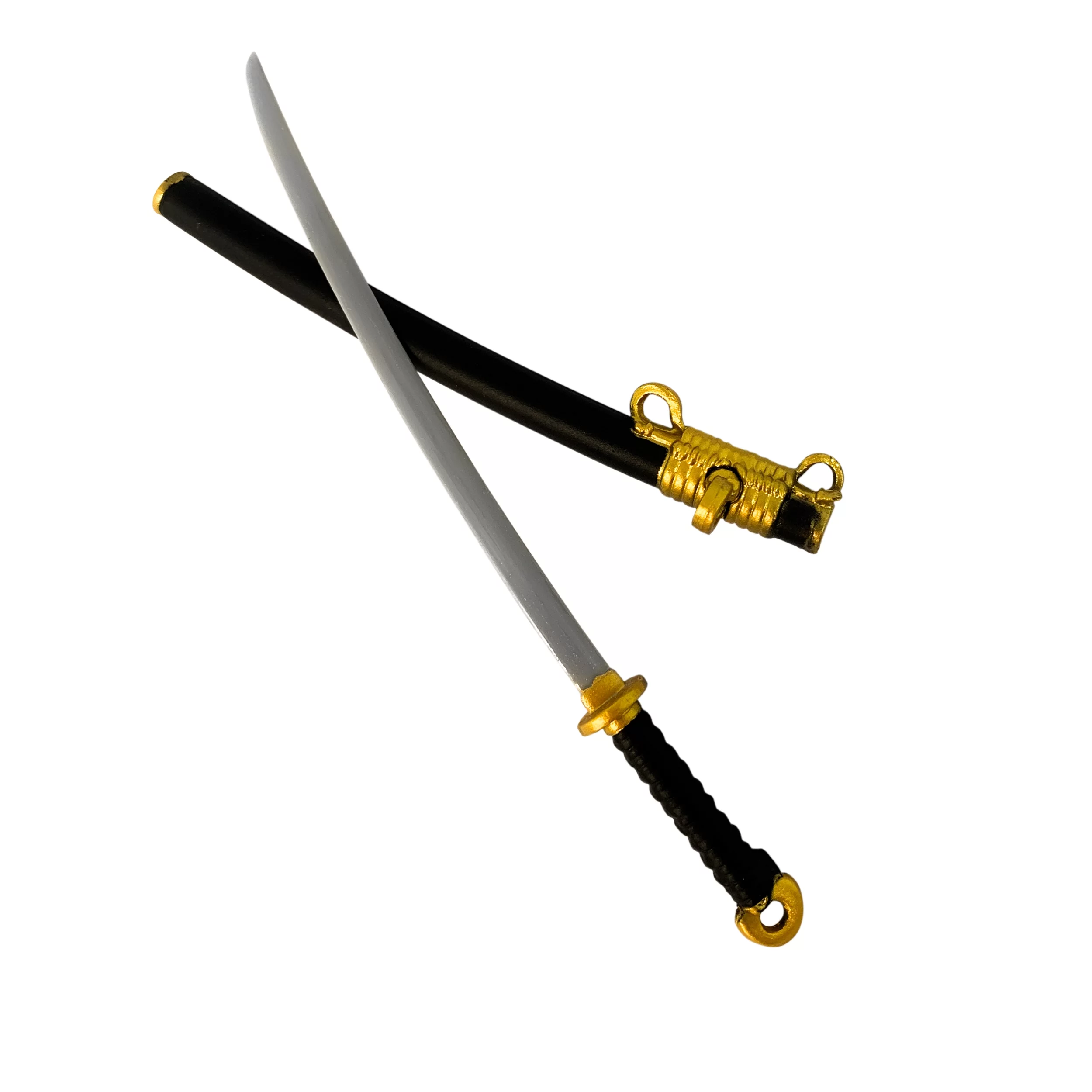The katana, a traditional Japanese sword with a rich history and unparalleled craftsmanship, has captured the fascination of people around the world.
Ancient Origins:
The katana roots can be traced back to Japan’s Heian period (794-1185 AD). Its design evolved from the Tachi, a longer sword worn edge-downward by the samurai class.
Samurai Weapon:
The Katana became the primary weapon of the samurai, embodying the warrior code of Bushido. It symbolized honor, loyalty, and precision in battle.
Materials and Craftsmanship:
Crafted from a specialized Japanese steel called Tamahagane, the Katana’s blade is known for its exceptional sharpness and durability. Master swordsmiths, known as “tosho,” meticulously forge and temper the sword.
Unique Blade Construction:

The Katana features a distinctive curved, slender, and single-edged blade. The curvature aids in the slicing motion, while the single edge enhances cutting efficiency.
Differential Hardening:
One of the secrets to the Katana’s sharpness lies in the technique of differential hardening. The edge is heated and quenched while the spine is allowed to cool slowly, creating a hard edge and a flexible spine.
Signature Hamon Line:
The transition between the hardened and softer parts of the blade results in a visible line called the hamon. This line is unique to each sword and is considered a signature of the swordsmith’s skill.
Length and Proportions:
The Katana typically ranges from 24 to 30 inches in length, with specific proportions designed for balance and maneuverability. This design allows for both lethal strikes and precise control.
Famous Swordsmiths:
Legendary swordsmiths like Masamune and Muramasa gained fame for their exceptional Katana blades. Swords crafted by these masters are highly sought after and are considered national treasures in Japan.
Cultural Symbolism:
The Katana is deeply ingrained in Japanese culture and mythology. It is often depicted in literature, art, and folklore as a symbol of power, honor, and the samurai way of life.
Spiritual Connection:
Some believe that the Katana possesses a spirit, known as the “kami,” which resides within the blade. This spiritual connection adds another layer of reverence for the sword.
Iaido and Battoujutsu:
The art of drawing and using the Katana is known as Iaido. Battoujutsu focuses specifically on the drawing and striking techniques, emphasizing speed and precision.
Folded Steel Myth:
Contrary to popular belief, not all Katanas are made by repeatedly folding the steel. While folding was a common technique in the past, modern steel refining methods have made it unnecessary.
Weapon of Last Resort:
In ancient Japan, a samurai considered unsheathing their Katana a last resort, as it symbolized a commitment to a fight to the death. Drawing the sword carried immense weight and responsibility.


Comments are closed, but trackbacks and pingbacks are open.